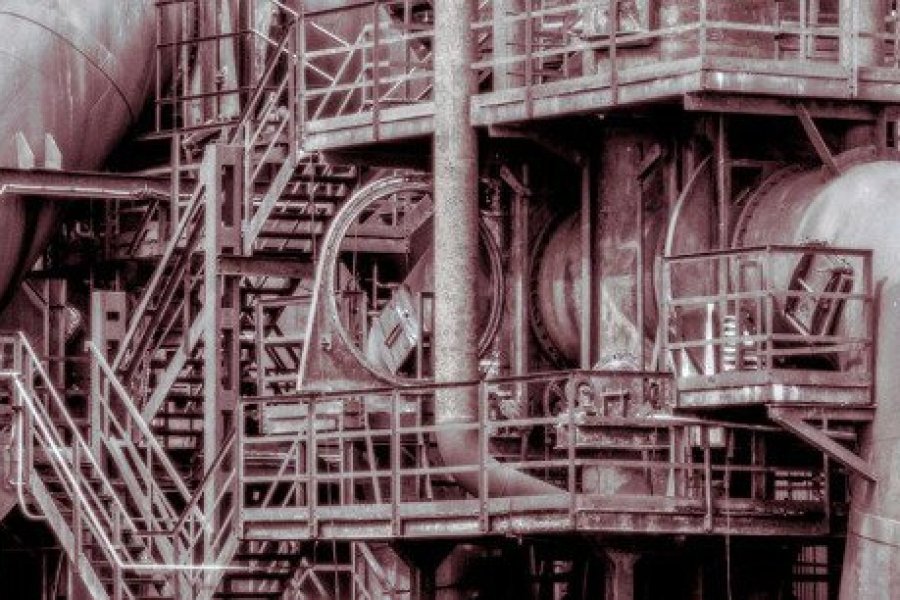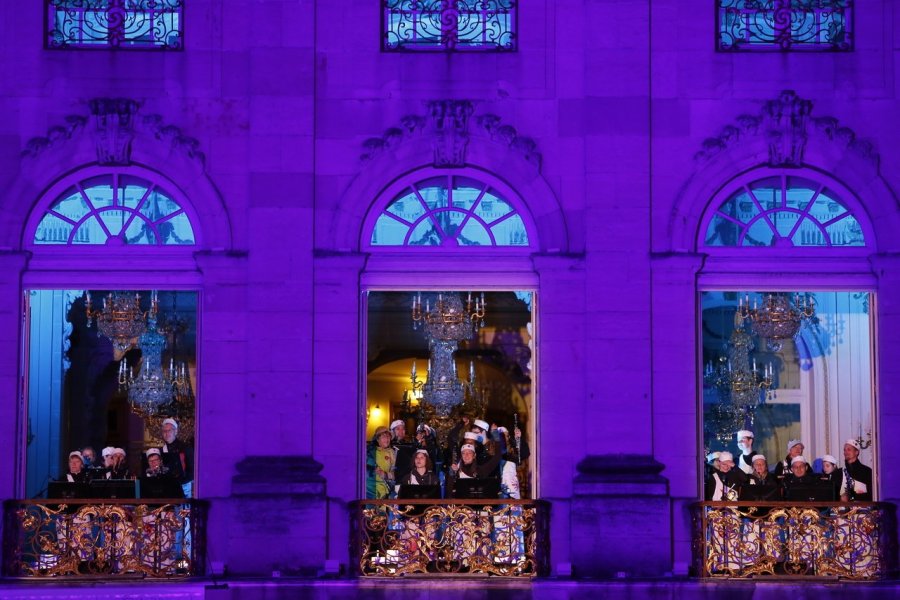
5th "Capture your industrial heritage" photo contest
Recommended by Tanguy REVAULT
The "Capture your industrial heritage" photo competition is back for a5th edition. Organized by Andra and Imaj, the event involves photographing ...
This region of eastern France and the heart of Europe, stretching from Strasbourg to Nogent-sur-Seine, is the result of the merger of the former regions of Alsace, Champagne-Ardenne and Lorraine. Bathed by the majestic Rhine, covering 10 departments, with 5.5 million inhabitants and more than 5,000 municipalities, the Grand Est region is the only one in France to border four countries: Germany, Belgium, Luxembourg and Switzerland. This territory, 80% of which is occupied by forests and agriculture, is characterized by its greenery and rurality. It is a destination for green tourism par excellence. With 6 regional nature parks and 25 nature reserves, the region is home to 5 major cities, rich in history and heritage: Metz, Mulhouse, Nancy, Reims and Strasbourg.
This region is home to five charming tourist destinations - Alsace, Ardenne, Champagne, Lorraine and Vosges - each offering a different face and typical specialties, from sauerkraut to champagne, from thermalism to ecotourism. You will discover the Petites Cités de Caractère® (12 labeled in the region), the Grande Île of Strasbourg and the Alsace Wine Route, the old town of Colmar and the Crêtes des Vosges road, the Haut-Kœnigsbourg castle, the beautiful cities of Metz and Troyes, the battlefields of Verdun and the Madine lake, the cathedral of Reims and the Reims mountain, among other gems. To make the most of this variety, rely on your Lorraine-Vosges region tourist guide or on the Metz, Mulhouse, Nancy or Strasbourg City Book .
When to go to the Grand Est? The best season to discover the Grand Est region is certainly winter. The Christmas vacations are the high tourist season, especially in the big cities. Indeed, it is in the heart of winter that this region is the most enchanting. The Christmas market in Strasbourg is a must-see, just like those in Metz or Colmar. The festivities, the decorations and the handicrafts of Christmas are also full of charm in the towns and villages. And everywhere people celebrate, with dignity and in the tradition, the Saint-Nicolas! If you want to stay in the big Alsatian cities at Christmas, you have to plan ahead and know that prices are very high during this season. Winter also delights ski lovers, especially cross-country skiers. You can find all inclusive stays in small resorts at very attractive prices and in a very family atmosphere. In summer, another very touristy season for the Grand Est region, hikers take advantage of the trails that criss-cross the natural parks, from ridges to valleys, from banks to forests. Finally, in autumn, it is time for wine tourism, one of the spearheads of tourism in this destination. Of course, around the champagne, this tourism is quite expensive. The choice of spring, outside of the peak tourist season, and already pleasant in terms of climate, is an interesting option.
The climate varies from one territory to another. The Vosges mountains and the Alsatian Jura are under mountain influence with harsh and often snowy winters and sometimes very hot summers. The western part of the Champagne region has a degraded oceanic climate and in its eastern part a semi-continental climate. The center of the Alsace plain, between the Vosges and the Black Forest, is characterized by the presence of the foehn, which reduces rainfall and increases summer temperatures.

Recommended by Tanguy REVAULT
The "Capture your industrial heritage" photo competition is back for a5th edition. Organized by Andra and Imaj, the event involves photographing ...

Recommended by Tanguy REVAULT
Did you know that only 20% of festival artists are women? To put an end to that, the Pop Women Festival is a pop culture event during which ...

Recommended by Tanguy REVAULT
With the festive season fast approaching, Nancy transports the public into the world of Saint-Nicolas with 40 days of festivities. The city lives ...